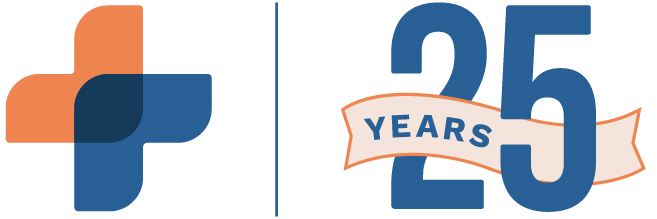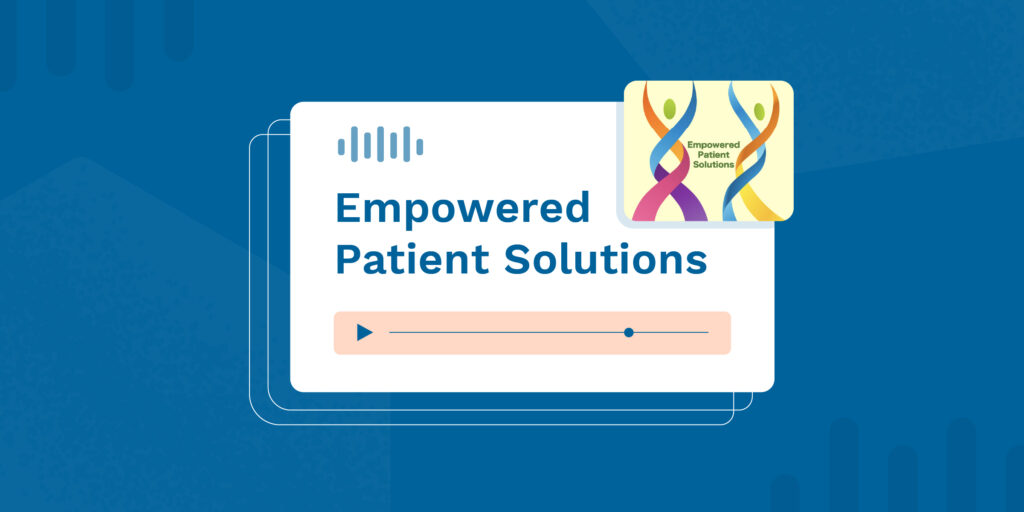According to the Centers for Disease Control and Prevention (CDC), Prescription Drug Monitoring Programs (PDMPs) “continue to be among the most promising state-level interventions to improve opioid prescribing, inform clinical practice, and protect patients who are at risk of drug addiction and accidental overdoses.”
With states slowly adding databases over the last 10 years, Missouri became the final U.S. state to implement a statewide PDMP system in June 2021. As of June 2022, all U.S. states have some form of active database, although not all mandate its use. It’s important that practitioners know what their state requires, how to access their state’s PDMP system, and whether the cost to link a PDMP to an EHR is paid for by the state government.
How to access my state’s PDMP database?
PDMPs or Prescription Monitoring Programs (PMP) are state-operated electronic databases that track and collect information on prescription medications, particularly controlled substances. The first paper-based PDMPs introduced in 1918 could not provide real-time reports to providers, but today’s solutions are much more modern—electronic databases can automatically collect pharmacy data while some healthcare software systems provide direct, integrated access to PMDPs.
In more than half of all states, prescribers and pharmacists must register with their respective PDMPs in order to prescribe medications. While in most states these databases are housed within a licensing or public health agency, in some states they are located within a law enforcement agency. PDMP databases allow these state agencies to track prescriptions for Schedule II–V controlled medications.
The type of professionals who may register to access PDMP records varies depending on state laws. They often include:
- prescribers (e.g. primary care physicians, nurse practitioners, physician assistants)
- dispensers (e.g. pharmacists)
- medical examiners
- practitioner licensure board members
- third-party payers
- public health and safety representatives
- law enforcement and drug court personnel
Most PDMPs also provide access to mid-level practitioners, such as a registered nurse or a pharmacy technician.
The Prescription Drug Monitoring and Training and Technical Assistance Center (TTAC) publishes complete information by state. Medical providers should log in to each state PDMP in which they provide service. In most states, direct integrations with third-party solutions are available for each database.
Third-party services allow providers to access all state databases and retrieve a patient’s controlled substance medication history on one platform. Integrated medical software like with Electronic Health Records (EHR) and Electronic Prescribing (eRx). provide a direct gateway to most states’ PDMP systems, which allows practitioners to conveniently monitor and manage controlled prescriptions.
Which states have added a PDMP/PMP system?
PMP/PDMP integration is available in most states. Check out our connectivity guide to see if your state is connected and funded. Changes to integrations occur weekly, so if your state’s integrations aren’t available or funded yet, it’s likely that they will be in the near future. For detailed information on the PDMP or PMP system for each state, find yours in the table below (accurate as of June, 2022):
[ARPrice id=117]Is an integrated PDMP free? Who pays for it?
Despite the success of PDMP programs, the lack of funding for “PDMP integration” is a big issue. Without adequate financing from state governments, the financial burden for integration is placed on the provider, which creates a barrier to adoption. Practices are put in a precarious situation of reduced efficiency between two systems and increased risk due to errors. Furthermore, patients are more likely to experience over-prescribing and lack of transparency thanks to disjointed PDMP and EHR system.
There are no standardizations and each state manages its PDMP differently. For example, PDMP funding can come from a variety of sources based on the state. Some states allow private funding and/or public grants, financing via licensing fees, donations, registration fees, surcharges, insurance fees, or general revenue. Other states may require fees from drug manufacturers. Conversely, other states prohibit fees as a way to fund PDMPs. While the Centers for Medicare and Medicaid Services (CMS) fully fund technologies that battle the opioid epidemic, not all states provide funding to integrate with EHRs and eRx software. In these states, providers are left responsible to pay for interoperability.
Even in states where PDMP integration is not fully funded, there are requirements to use a PDMP system when prescribing controlled substances. Ensure that your practice is using a software system that mitigates risk and ensures the highest level of integration.
Why should your medical software integrate with state-level PDMPs?
With increases in remote healthcare, it’s more critical than ever that data is shared across systems and into patient records. Heavier patient loads, an overburdened health system, and higher accountability simply require a more integrated approach. Practitioners shouldn’t have to navigate a disjointed system, working between PDMPs and EHRs. Research shows that cumbersome record retrieval and access not only interrupts workflow but also creates a higher risk of error, increasing the likelihood of an inappropriate prescription. With more longitudinal data, a practitioner can have a wider breadth of knowledge to create a plan for care and quickly identify interaction risks or misuse.
With state PDMPs integrated with EHR and eRx systems, providers, specialists, and pharmacists can share data and coordinate care or treatment plans. With easily accessible data, “red flag” alerts, and integration with specialists and pharmacies, this collaborative, transparent system means an improved patient experience, allowing more trust and better patient engagement.
RXNT offers direct access to state Prescription Drug Monitoring Programs from within our healthcare software, eliminating the need to access PDMP database websites separately. By accessing real-time medication history, you can more fully support patients who struggle with opioid addiction and support the healthcare industry’s efforts to battle the crisis. Our Surescripts award-winning and certified software can help your practice protect patients, streamline PDMP management, and ensure compliance.





